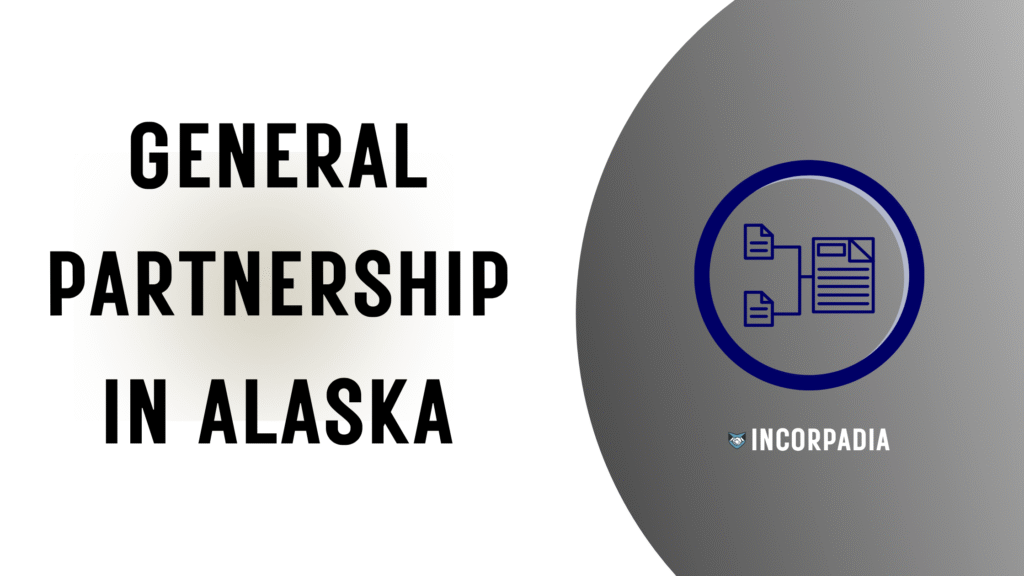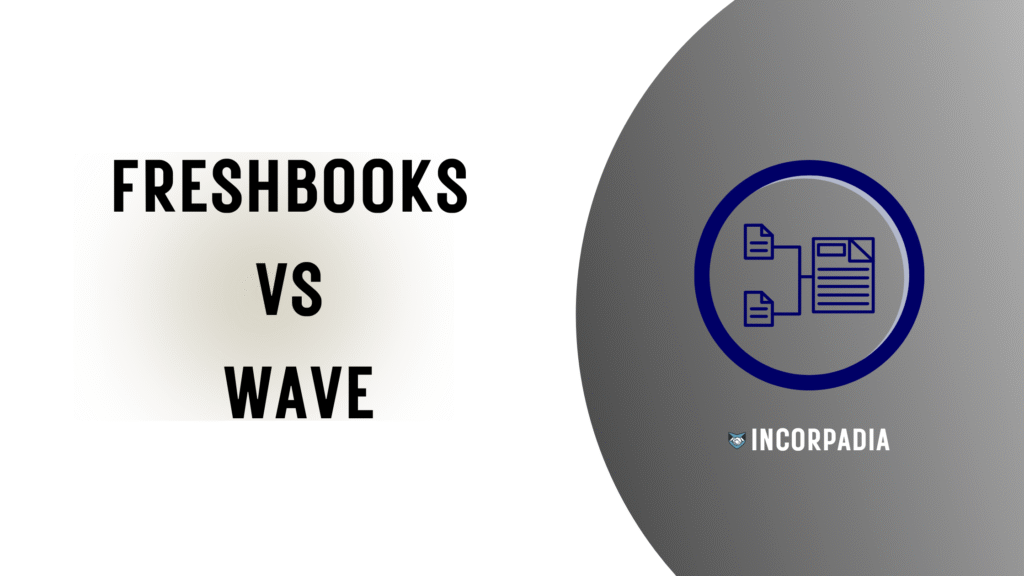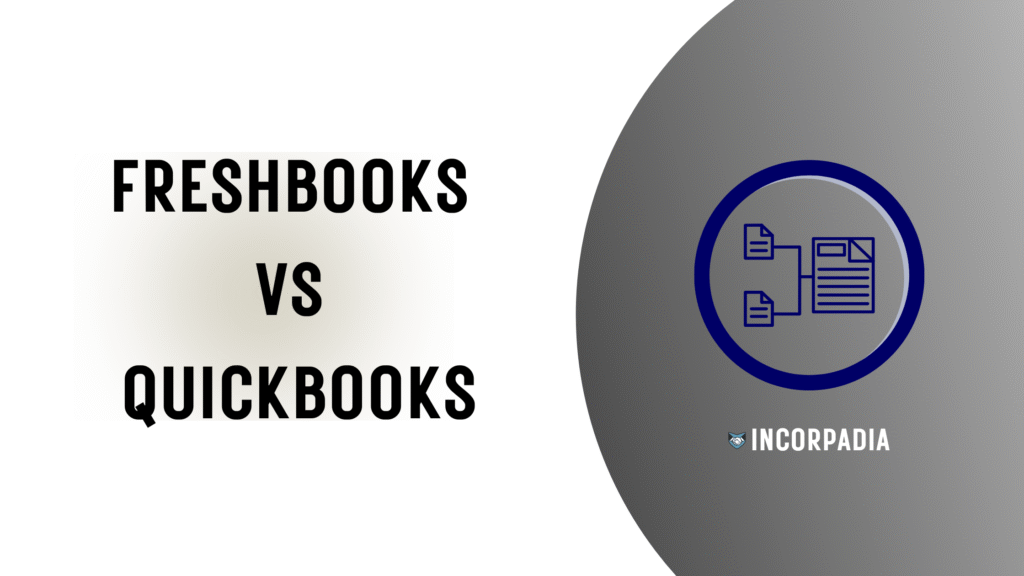Starting a business in Alaska? Whether you’re planning to team up with a friend, family member, or a colleague, forming a General Partnership might be the best choice for you and your partner. It’s an attractive option because of its simplicity, ease of formation, and the direct involvement it offers in the management and control of the business. This comprehensive guide will take you through everything you need to know about setting up a General Partnership in Alaska—from choosing a business name to paying taxes and everything in between.
What is a General Partnership in Alaska?
A General Partnership (GP) is one of the simplest forms of business structure in Alaska. When two or more individuals decide to go into business together, they form a general partnership. In such a partnership, each person, or partner, shares in the management, profits, and liabilities of the business. One of the key characteristics of a General Partnership is that it does not require formal registration with the state unless you’re using a trade name (often known as a “Doing Business As” or DBA name).
However, even though a General Partnership is not required to register with the state, partners should still establish a legal framework that defines how the business will be run, how profits and losses will be distributed, and how partners will be held accountable for the business’s debts.
A General Partnership offers several advantages, but it also comes with some notable risks, particularly regarding personal liability. This is one of the main differences between a General Partnership and an LLC or Corporation—partners in a GP are personally liable for the debts and obligations of the business, meaning your personal assets could be at risk if the business faces financial or legal trouble.
Despite this, many entrepreneurs choose a General Partnership because of the flexibility, straightforwardness, and shared control it provides.
How to Create a General Partnership in Alaska
Creating a General Partnership in Alaska is not a complicated process, but it does require careful planning and adherence to certain requirements to ensure that your business is legally sound. Below are the key steps to setting up your General Partnership.
Step 1: Choose a Business Name in Alaska
The first thing you’ll need to do when starting a General Partnership is to choose a name for your business. While you can choose virtually any name for your business, you need to ensure it is unique and distinguishable from other businesses already registered in Alaska.
Alaska has some rules regarding business names to prevent confusion and ensure that businesses operate under their own distinctive names. This is especially important if you plan to create a formal legal entity, apply for financing, or apply for any licensing.
- Doing Business As (DBA): If you want to operate your business under a name that is different from the legal names of the partners, you must file for a “Doing Business As” (DBA) name with the local county clerk’s office. This allows you to run the business under a trade name.
- Name Availability: Before you choose a name, it’s a good idea to conduct a name search on the Alaska Secretary of State’s website to ensure that no other business is using the same name. This helps avoid legal issues or disputes with other companies.
Step 2: Draft a Partnership Agreement
Although Alaska does not require a written partnership agreement for General Partnerships, it is highly advisable to create one. A partnership agreement is a legal document that outlines the roles and responsibilities of each partner in the business. This agreement also specifies how profits and losses will be distributed and how disputes will be handled. Even if it’s not legally required, having a partnership agreement in place is essential to avoid confusion or conflicts in the future.
A well-written partnership agreement should address several key points:
- Ownership Interest: How much equity (ownership) each partner has in the business. In many cases, this is split equally (50/50), but you can also structure it based on the level of investment or effort each partner contributes.
- Profit and Loss Distribution: How the profits and losses of the business will be divided among the partners. This could be in proportion to ownership interest, or it could be a different arrangement based on the agreement.
- Decision-Making: How decisions will be made within the business. In a General Partnership, all partners typically have equal say in business decisions unless otherwise agreed upon.
- Dispute Resolution: A process for resolving conflicts that might arise between the partners, such as mediation or arbitration.
- Exit Strategy: What will happen if a partner wants to leave the business, become incapacitated, or pass away. This could include a buy-out agreement or other provisions to handle such scenarios.
A partnership agreement is not legally required in Alaska, but it can protect the interests of all parties involved and provide a clear framework for how the business will operate.
Step 3: Obtain an Employer Identification Number (EIN)
Even if your General Partnership does not have employees, you will still need to obtain an Employer Identification Number (EIN) from the Internal Revenue Service (IRS). This number is used for tax purposes and is required when you open a business bank account or hire employees.
The EIN is essentially the business’s Social Security number and is used to track the business’s tax obligations. You can apply for an EIN online through the IRS website, and it’s free of charge. The application process is simple and should only take a few minutes.
Step 4: Apply for Necessary Licenses and Permits
In Alaska, businesses are required to have a business license in order to operate legally. All businesses in the state must obtain a business license from the Alaska Department of Commerce, Community, and Economic Development. The application for the business license is typically done online, and it involves providing information about your business, such as your business name, location, and the nature of the business.
The standard business license costs $50 per year, although you may choose to pay for a biennial license for $100. Depending on the industry you’re operating in, you may also need to obtain other licenses or permits. For example, certain professions such as contractors, real estate agents, and healthcare providers require specific licenses from the state.
In addition to state-level licenses, you may also need local business licenses or permits depending on your business’s location and the services you offer. It’s important to check with the municipality where your business will be based to ensure that you meet all local licensing requirements.
Step 5: Register for State Taxes
While Alaska doesn’t have a state income tax, there are still other taxes that may apply to your business. If your General Partnership will be selling goods or services, you may need to register for sales tax with the Alaska Department of Revenue. Some municipalities in Alaska, like Anchorage, also have their own local sales taxes.
Additionally, if you plan to hire employees, you will need to register for employment taxes, such as unemployment insurance and workers’ compensation insurance. These taxes are collected at the state and federal levels, and it’s essential to stay on top of your obligations to avoid fines or penalties.
Be sure to register with the Alaska Department of Revenue and the IRS for the appropriate taxes, and make sure you comply with the deadlines for filings and payments.
Step 6: Open a Business Bank Account
Once your General Partnership is set up, it’s a good idea to open a separate business bank account. Having a dedicated business account will help you keep your personal and business finances separate, which is important for accounting purposes and for protecting your personal assets.
To open a business bank account, you’ll typically need to provide:
- Your EIN from the IRS
- A copy of your partnership agreement (if you have one)
- A copy of your business license
- Any DBA registration paperwork, if applicable
Opening a business bank account can help streamline your finances, make bookkeeping easier, and give you access to business credit options.
Example of a General Partnership in Alaska
Let’s look at a hypothetical example to better understand how a General Partnership might function in Alaska.
Business Name: Arctic Adventures, GP
Partners: John and Emily
Business Activity: Outdoor tour company providing guided hikes and fishing trips.
Partnership Agreement Highlights:
- Profit Sharing: John and Emily agree to split profits 60/40, with John taking a larger share due to his greater contribution to startup capital.
- Decision-Making: Both John and Emily have equal say in decision-making, although they agree that Emily will handle marketing and John will oversee operations.
- Dispute Resolution: Any disagreements will be settled through mediation first, and then arbitration if necessary.
- Exit Strategy: If either partner wishes to leave the business, they will sell their share to the other partner at a fair market value, as determined by an independent appraiser.
In this example, the partners have a clear agreement in place that will guide them through business decisions, profit distribution, and resolving potential disputes. This is a good practice for any partnership to avoid complications later on.
Advantages of a General Partnership in Alaska
There are several compelling reasons to consider a General Partnership in Alaska:
1. Simplicity and Low Cost
A General Partnership is one of the simplest and least expensive business structures to set up. There are minimal formalities involved, and you don’t need to file paperwork with the state to create the partnership (unless you’re using a trade name). This simplicity makes it an attractive option for small business owners and entrepreneurs.
2. Flexibility
In a General Partnership, you and your partner have the flexibility to decide how to run the business. You can divide profits and responsibilities in a way that suits both partners’ contributions and needs. This adaptability allows you to create a business model that works for both parties.
3. Pass-Through Taxation
One of the biggest advantages of a General Partnership is pass-through taxation. The business itself does not pay taxes. Instead, profits and losses are reported on the individual partners’ tax returns. This can help avoid double taxation, which is common in corporations.
4. Shared Responsibilities
In a General Partnership, both partners share management responsibilities. This can make running the business more efficient, as you have two minds working on solving problems and making decisions.
5. Low Startup Barriers
Starting a General Partnership is relatively easy compared to other business structures like corporations or LLCs. There are fewer requirements, and the process is straightforward.
Disadvantages of a General Partnership in Alaska
While there are many advantages, General Partnerships also come with some notable downsides:
1. Unlimited Liability
One of the major risks of a General Partnership is unlimited personal liability. This means that both partners are personally responsible for the debts and obligations of the business. If the business fails or gets sued, your personal assets (such as your home or savings) could be at risk.
2. Potential for Conflict
Partnerships require effective communication and trust. If disagreements arise between the partners about business decisions or profit-sharing, these conflicts can severely impact the partnership’s ability to operate smoothly. That’s why having a clear partnership agreement is essential.
3. Lack of Continuity
A General Partnership doesn’t have the same continuity as a corporation or LLC. If a partner leaves or passes away, the business may be forced to dissolve or be restructured. This can create uncertainty for both partners and the business itself.
4. Limited Access to Funding
Compared to corporations or LLCs, General Partnerships may find it more difficult to secure funding. Investors and banks may be hesitant to invest in a business where personal assets are at risk.
FAQs
Do I need to register my General Partnership in Alaska?
No, you do not need to register a General Partnership with the state of Alaska. However, if you plan to use a trade name, you will need to file a “Doing Business As” (DBA) name with your local county clerk’s office.
How do I protect myself from personal liability in a General Partnership?
In a General Partnership, personal liability cannot be avoided. However, you can limit personal liability by forming an LLC or Corporation, which protects your personal assets. If you want to remain a partnership, you can consider a Limited Partnership (LP), which has some liability protections.
What should be included in a partnership agreement?
A partnership agreement should include details about ownership interests, profit-sharing, decision-making procedures, dispute resolution processes, and the exit strategy if a partner leaves.
How do I get started with a General Partnership in Alaska?
Follow the steps in this guide: choose a business name, draft a partnership agreement, obtain an EIN, apply for necessary licenses, register for taxes, and open a business bank account.







